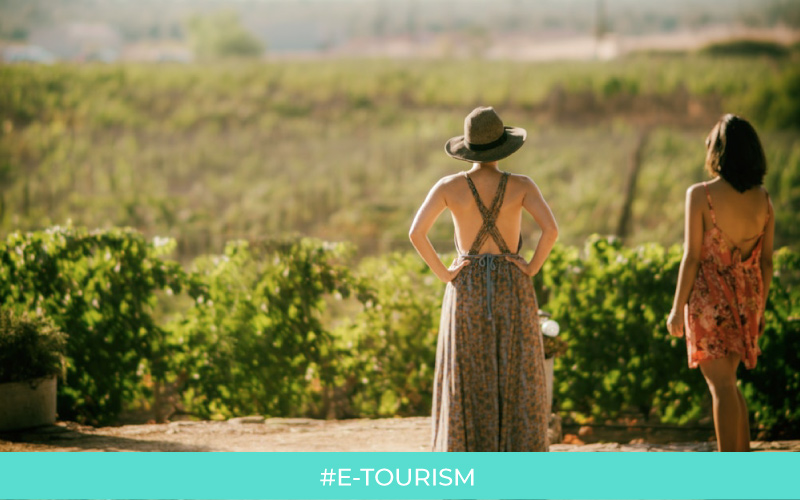That’s it, they have exceeded the 10 millions! Who? Wine tourists in France. Thanks to their enthusiasm, this in vogue market surged by 33% since 2009. This is a real opportunity for the French vineyards, that have become the new popular touristic destination of wine tourism.
Wine tourism: an in vogue touristic trend for our travelers
Let’s begin with a little definition. Wine tourism parts of the ways of two recent trends: on one hand, the fact that tourists want better experiences, and on the other hand our perception of wine and oenology has changed. The latter now integrates its cultural dimension and legacy. Wine tourism therefore consists in experiencing wine in its context, terroir and with its players that create it.
Who are the wine tourists and who benefits from their sweep?
According to Atout France, who mapped wine tourists in 2016, 58% of them are French and 42% are foreigners — the British and the Belgians in the lead, followed by the Germans, the Dutch and the Americans. The Asians still represent marginal visits but increasing. Age average: 46 years old, 31% being more than 55. On high standards of living, wine tourists spend an average of €1250 per stay, which represents an estimated revenue of 5.2 billion euros in 2016 for this sector.

Wine tourists typology / Wine tourists’ country of origin
66 French departments that own vineyards benefit from wine tourism. They totalize 10 000 cellars, but not equally.
Top 5 most visited vineyards:
1st: Bordeaux region (18%)
2nd: Champagne (17,2%)
3rd: Alsace (16,9%)
4th: Burgundy (16,2%)
5th: Val de Loire (13%)
In February 2016, Atout France launched an official homepage to better comprehend the phenomenon. And since 2009, it was given the quality label ‘Vineyards and discoveries‘, 66 destinations of whom already benefit from it.
Wine tourism: opportunities to be seized by many terroir players
What do these numbers and initiatives tell us? Mostly that great opportunities are still to be developed, to attract foreign visitors and democratise the offer, not forgetting the certification. Where? In marginal terroirs: Cognac, Armagnac, Corsica, Occitania, Jura, Provence and Rhone valley.
To do good, here’s what you must know: wine tourists first come to buy, taste and visit cellars and wineries. They are sensitive to everything that has to do with wine and vine, but not much connoisseurs. Moreover, they are curious about the environment: history, region, architectural and natural heritage. This creates many activities for wine tourism to celebrate wine experientially:
- The must-see: cellars, wineries and wine houses visits;
- Agritourism: from the simple welcome at the wine-tasting cellar by the wine-grower to the accommodation at his place;
- The discovery such as “Wine Route”;
- Family walks or more sportive hikes, by feet or on horseback across the vineyards and the surroundings;
- Wine museums or wine-making villages visits;
- Parties, events, artistic activities about wine, such as Dijon’s traditional “Fêtes de la vigne” (Vine parties) where the international folkloric dance takes the place of honor, or the spectacular festival “Bordeaux fête le vin” (Bordeaux celebrates wine);
- Commentated tastings in dedicated places (cellarman, wine bars…);
- Oenology internships or conferences;
- Business tourism (Bleisure) about wine;
- Wine therapy for wine’s health intakes.
A large number of activities to be developed or offered by wine professionals, but also by hoteliers, restaurant owners and local producers of food that blend with wine, established in vineyards. These professionals elevate France as the wine tourism leader!






